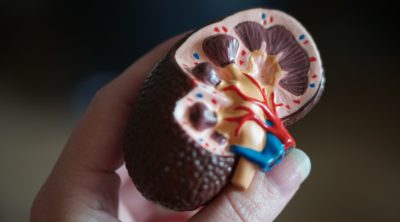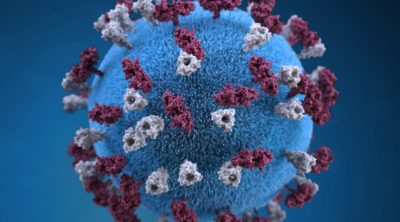The sigmoid colon is a part of the large intestine. The article provides information about its functionality and problems that might affect this part of the colon.
The last section of the large intestine in our body is referred to as the sigmoid colon, the pelvic colon, or the sigmoid flexure. It derives its name due to its S-shaped structure. In Greek, ‘S’ is usually referred to as ‘Sigmoid’, hence the name. This S-shaped loop is located near the rectum and is usually around 15 to 16 inches in length. Although it is supposed to lie within the pelvis, due to its freedom of movement, there are chances of it being found in the abdominal cavity. Its main function is to channelize the waste products from the body after digestion, towards the anus. It is also the point or the place where the waste materials collects.
Description and Functions
The colon is divided into five parts:
- Cecum is the part of the colon which starts at the right side of the stomach.
- Ascending colon is the section which moves up till the liver.
- Transverse colon is the part of colon which turns left and passes the abdomen.
- Descending colon is that part of the colon which moves down to the spleen.
- Sigmoid or pelvic colon is the section of the colon which moves to the left side of the abdomen and reaches the pelvis.
The main purpose of the pelvic colon is to store fecal matter until it is expelled. The colon absorbs the water and minerals from the digested food. It helps not only in the formation, but also in the passing out off feces. The muscular contractions that take place in this section move the digested products or the waste products to the anus. It also produces mucus to facilitate smooth passage of stool, thereby protecting the digestive system from toxins. However, sometimes excess mucus might be produced due to consumption of unhealthy food, which may trigger more production of mucus to protect the digestive system from the harmful toxins. As a result, the person might suffer from constipation.
Associated Problems
Here are some medical conditions that might affect this part of the colon.
Colon Cancer
Continuous and unmanageable growth of cells in the large intestines may give rise to colon cancer. There are several causes of this type of cancer and some of the most common causes or risk factors are listed below.
- Development of colon polyps
- Excessive consumption of alcohol and unhealthy food that is rich in fat and oil
- Diabetes
- Smoking and obesity
- Prolonged Crohn’s disease, and inflammatory bowel disease
There are several treatments for colon cancer and people suffering from Crohn’s disease or inflammatory bowel disease can also undergo colonoscopy in order to prevent colon cancer. In order to treat colon cancer or the polyp, sigmoid colon resection (the partial removal of an organ) might be required. Either a part or the whole colon, might be resected, depending on the stage of the cancer.
Diverticulosis
Diverticulosis occurs when the intestinal wall, mainly in the large intestine, develops several abnormal pouches. This commonly occurs in people above the age of 40. The main cause of this inflammation is unknown. However, doctors believe that factors such as aging, changes in the intestinal pressure, diet that is low in fiber, passing of waste through the colon, and sometimes physical abnormalities may trigger diverticulosis. Some of the symptoms of this problem might be pain, fever, irregular bowel movement, etc.
The terminal section of the large intestine plays a vital role in storage of fecal matter and its expulsion. The medical conditions associated with this part of the large intestine can be prevented to a great extent by following a healthy diet and exercise regimen.
Disclaimer: This Bodytomy article is for informative purposes only, and should not be used as a replacement for expert medical advice.


